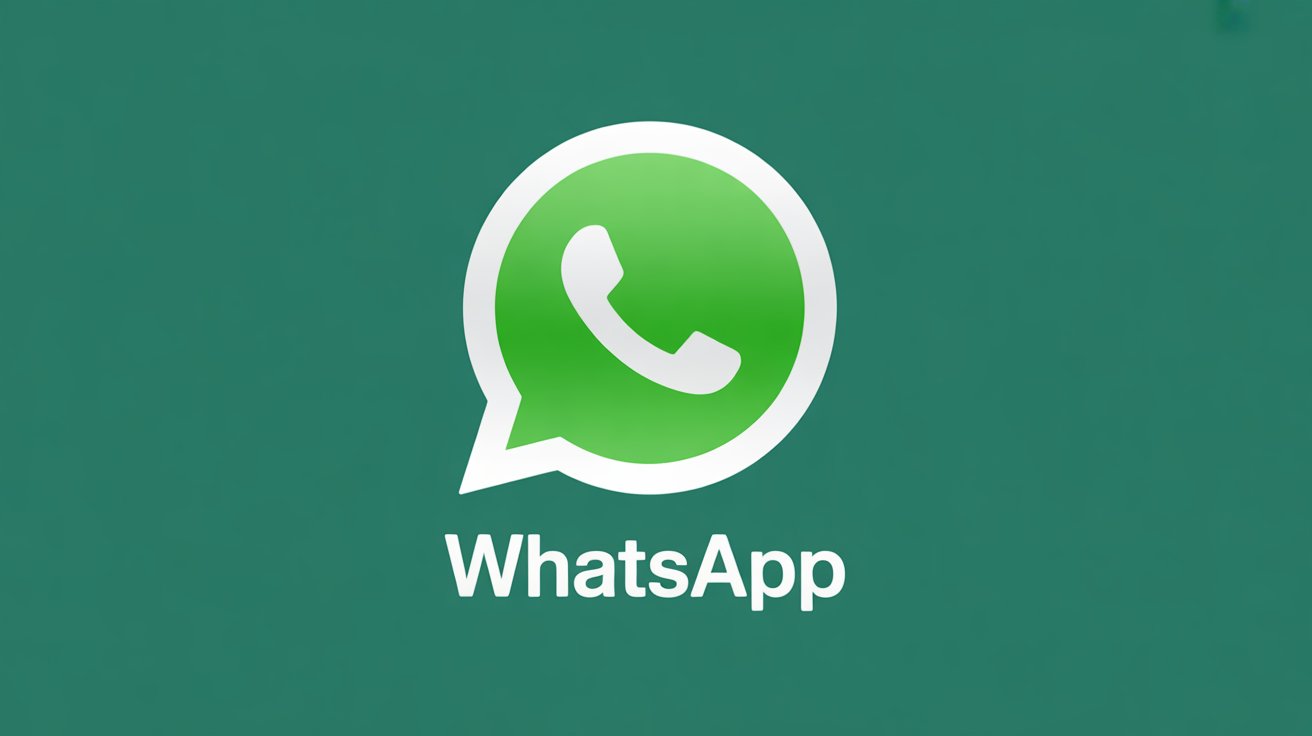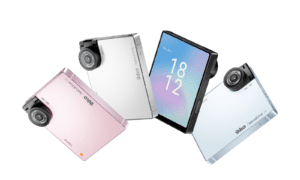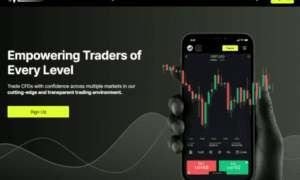Running an online store is no longer just about great products or a good-looking website. If your customers aren’t responding to emails, ignoring app notifications, or dropping off mid-checkout, you’re not alone. Today, people want conversations, quick answers, personal attention, and easy ways to place orders.
And for millions of Indian shoppers, those conversations are already happening on WhatsApp.
In fact, WhatsApp Business has grown rapidly in the last few years, rising from 50 million to over 200 million active users globally, with the Asia-Pacific region contributing more than 40% of its revenue. That’s a strong signal that customers in this region, especially in India, are already using WhatsApp to shop, ask questions, and stay updated.
That’s where Zoko steps in. It transforms your WhatsApp chats into a complete sales and support engine, fully connected with your Shopify store. From showcasing products to accepting payments, sending order updates, and even managing COD deliveries, Zoko makes it all possible within a single WhatsApp chat window.
If you’re serious about tapping into WhatsApp as your next revenue channel, here’s a detailed breakdown on how to sell on whatsapp platform, with practical steps, message ideas, and setup guidance to help you get started quickly.
Why WhatsApp Is the New Sales Channel for Indian D2C Brands
Your customers are already on WhatsApp, scrolling, chatting, forwarding offers, and asking questions. It’s personal, fast, and familiar. Compared to websites or apps, conversations on WhatsApp are often more natural and lead to quicker buying decisions.
In fact, India has over 530 million WhatsApp users, making it the largest market for the app globally (Statista). And when it comes to visibility, WhatsApp messages have an open rate of up to 98%, far higher than emails, which often struggle to cross 20%.
Here’s why more merchants are moving to WhatsApp:
- Customers don’t need to install anything new.
- You can chat in real time and resolve doubts immediately.
- You reduce drop-offs by guiding customers till payment.
- People trust conversations over ads or long product pages.
But doing this manually is hard. That’s where Zoko’s automation and Shopify integration help you run WhatsApp like a proper store.
Step-by-Step: How to Set Up Zoko for Selling on WhatsApp
Let’s break down the entire process into simple steps:
1. Connect Your Shopify Store to Zoko
Once you sign up on Zoko, the first step is to connect your Shopify store. Zoko’s deep integration lets you pull your product catalogue, customer data, and order history into the WhatsApp interface. No extra coding or development work needed.
From here, Zoko becomes your new sales dashboard, only this time, it lives on WhatsApp.
2. Set Up Automated Product Replies
Using Zoko, you can create automated replies with product details, images, prices, and even “Buy Now” buttons. When a customer messages you, they instantly get a well-formatted product showcase, without you having to reply manually.
You can also create custom responses for common questions like:
- “Is this available in size M?”
- “How long will delivery take?”
- “Can I pay on delivery?”
Zoko handles this using pre-set templates that look like real conversations, not bots.
3. Enable WhatsApp Payments
Zoko supports WhatsApp payments, making it easy for buyers to check out without leaving the app. You can send direct payment links, enable UPI, and even handle COD orders smoothly.
This reduces friction and speeds up the buying process. Since you’re chatting with the customer already, payment becomes just another step in the conversation.
4. Use Broadcasts to Announce Offers or Launches
One powerful feature Zoko offers is WhatsApp broadcasting. Think of it like a newsletter, but on WhatsApp.
You can:
- Announce a new product drop
- Share a time-sensitive discount
- Re-engage old customers
Broadcasts are fully compliant with WhatsApp’s rules and can be personalised with the customer’s name, order history, etc.
Real Use Cases from Indian Shopify Merchants
Let’s say you sell skincare products on Shopify. A customer DMs you asking for a good serum for dry skin. Here’s what a Zoko-powered interaction might look like:
- The customer sends a message on WhatsApp.
- Zoko auto-replies with a curated list of serums from your catalogue.
- The customer selects one, clicks the “Buy Now” link.
- They pay via UPI on WhatsApp itself.
- The order is confirmed, and they receive tracking info via Shiprocket.
The entire journey, from query to payment to delivery, is managed on WhatsApp. That’s the real game changer.
What Makes Zoko Different from Other Tools?
There are many tools that connect WhatsApp to businesses, but Zoko is built specifically for Shopify merchants. Here’s what makes it stand out:
- End-to-end Integration: Unlike basic chatbot tools, Zoko handles everything, product catalogue, order processing, payments, and logistics.
- Shiprocket Support: If you offer COD or ship via Shiprocket, Zoko makes tracking and order updates easier.
- Smart Automation: Set up campaigns, auto-replies, and upsells without needing a developer.
- Clean Interface: Everything is manageable from one dashboard, even if you’re not tech-savvy.
How Zoko Helps Solve Common Merchant Challenges
Let’s connect the dots between what Shopify merchants struggle with—and how Zoko addresses those pain points.
1. Low Engagement on Website or Email
The Problem: Customers ignore email offers or abandon carts on the website.
With Zoko: You can follow up on abandoned carts via WhatsApp with friendly reminders.
2. High COD Failures
The Problem: Customers often don’t pick up COD orders or give incorrect addresses.
With Zoko: You can confirm addresses and delivery time over chat before dispatch.
3. Slow Customer Support
The Problem: Delays in resolving basic queries lose your sales.
With Zoko: Use automated flows to resolve FAQs instantly, and assign complex cases to live agents.
4. Manual Order Processing
The Problem: Processing WhatsApp orders manually takes time and increases errors.
With Zoko: Customers can place orders, pay, and get tracking updates, all without leaving WhatsApp.
What You’ll Need to Get Started
If you’re convinced that WhatsApp is your next big sales channel, here’s what you need:
- A Shopify store (even a basic one is fine).
- A verified WhatsApp Business API number.
- A Zoko account (you can start with a demo).
- A basic catalogue uploaded to Shopify.
- Optional: Shiprocket account for logistics.
Once this is set, you’re ready to start accepting orders directly on WhatsApp.
Tips to Maximize Your Sales with Zoko
Here are a few expert tips to make the most out of your WhatsApp sales strategy:
- Segment your audience before sending broadcasts. Don’t spam.
- Use product bundles in messages to increase order value.
- Set up post-purchase flows for feedback, upsells, and reviews.
- Use customer names and order history in messages to personalise the chat.
- Track response times, Zoko’s dashboard helps you stay on top of support quality.
Final Thoughts
In 2025, WhatsApp is more than just a messaging app, it’s becoming a primary sales platform for Indian e-commerce. And Zoko is one of the few tools that actually helps you turn it into a serious revenue channel without needing a tech team or a big budget.
As someone who works closely with D2C founders and Shopify merchants, I can confidently say: getting started with WhatsApp selling through Zoko is one of the most effective moves you can make this year.



































